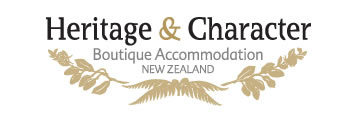Dunedin has certainly been living up to its reputation of being the wildlife capital of New Zealand with a reasonably large pod of dolphins gracing the inner harbour with its presence. At this time of the year they are most likely sheltering a mother and new-born calve from the dangers of the ocean. If this is the case they will stay for a few more days.
The little penguins fletched their first clutch of chicks and will soon start laying eggs again. This is quite common with this penguin species and they can raise two lots of 2 chicks if there is good food supply in the sea.
Yellow-eyed Penguin chicks have hatched and are still guarded by one parent while the other is fishing at sea. Both parents take turns looking after their young. Soon they will both have to go fishing to bring back enough food for their chicks.
This year is set to be a record breeding year for Royal Albatross with 36 nests at Taiaroa Head, the only albatross breeding site that is not located on an island – and it is still within Dunedin city limits! The headland is also a breeding site for red billed gulls. Although their numbers are increasing here their conservation status is ‘vulnerable’ as they are disappearing from other areas. We have been fortunate to observe nest activities close-up.
Guests staying at Nisbet Cottage experience the wildlife first hand with an expert guide in a group of maximum 5 people. What a privilege to be able to observe the rare and unique wildlife of the area! We regularly encounter the critically endangered New Zealand sea lions on our early morning penguin tour and take the time to observe their behaviour. New Zealand sea lions have only recently started breeding again on the Otago Peninsula – all born here have names and are descendants of ‘Mum’ who gave birth to the first pup in 1994. Last week we saw ‘Joy’, a 2 year old female resting on the beach.
To experience all that Dunedin has to offer – a 3 night stay should be planned here.
Hildegard & Ralf Lubcke, Nisbet Cottage, Dunedin
